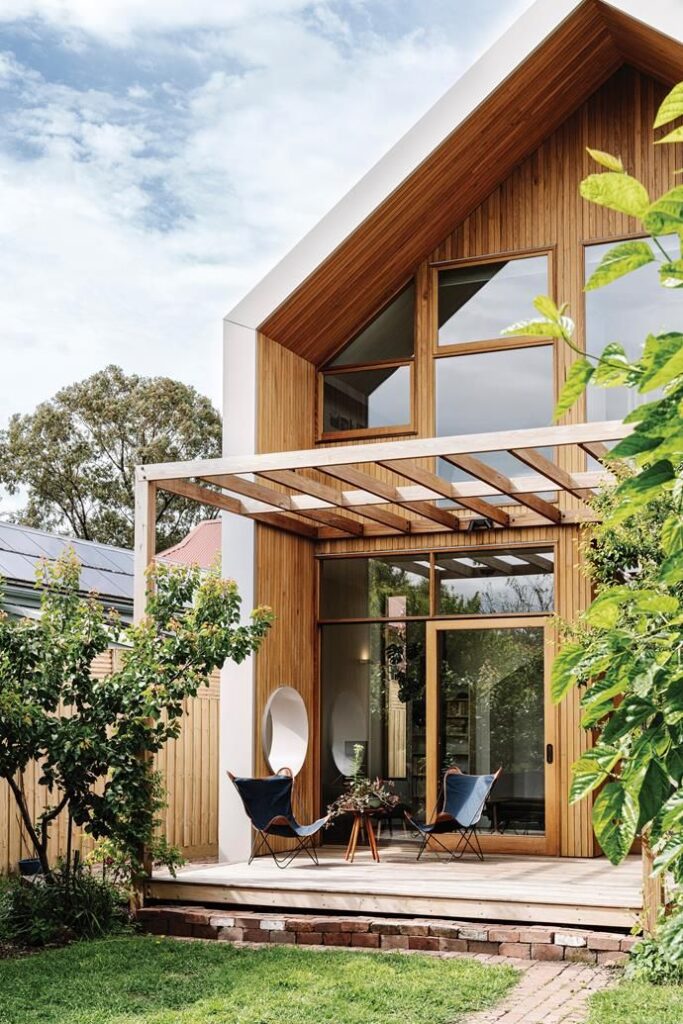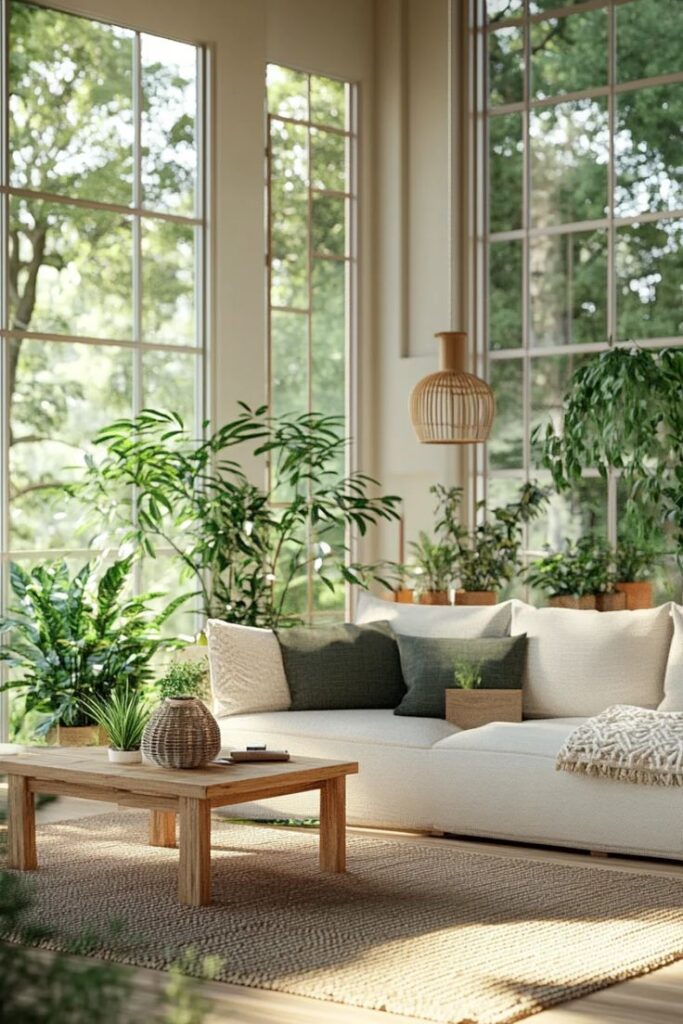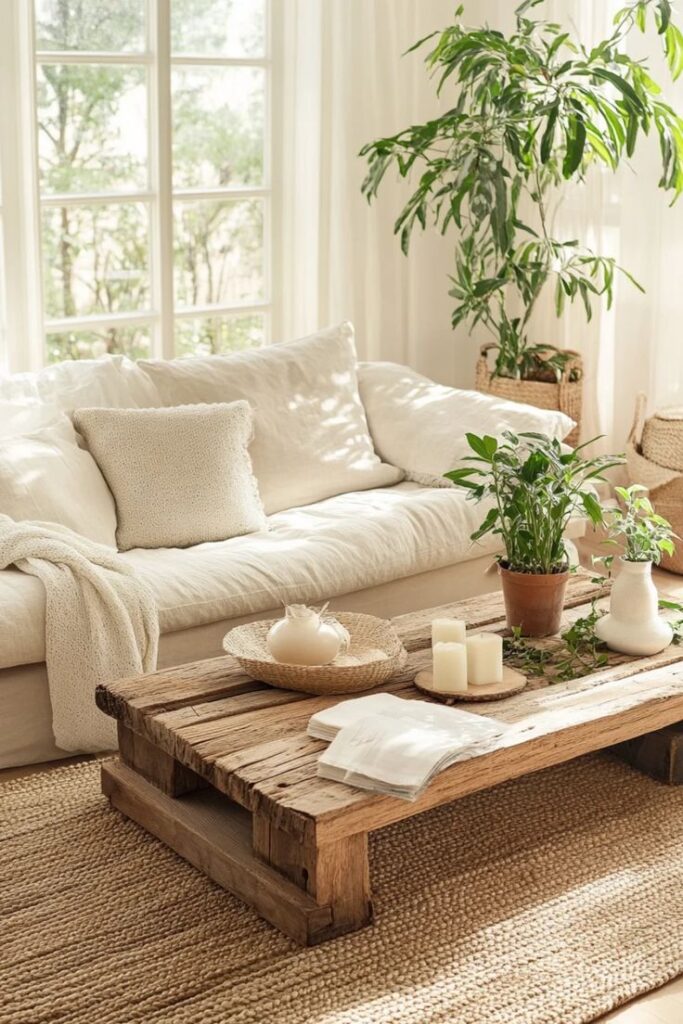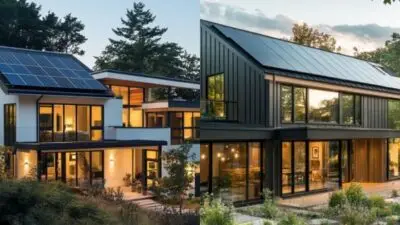An outdoor space developed with sustainability principles brings benefits to both home improvement and natural environmental preservation. A space achieves both enhanced functionality and improved aesthetics through outdoor renovation when sustainable materials combine with energy-efficient designs together with natural elements. Sustainable renovation practices protect natural resources while simultaneously resulting in better outdoor areas which benefit both home residents and family members. Strategic planning combined with strategic decisions will allow any outdoor space to transform into an environmentally friendly sanctuary.


Choosing Eco-Friendly Materials
An environmentally friendly outdoor renovation needs sustainable material selection as its most crucial element. Reclaimed wood along with recycled composite decking and natural stones work excellently for outdoor decking construction and pathway building which leads to gorgeous outdoor furniture. Such materials help lower the need for new resources while delivering distinctive rustic aesthetics to support aesthetically pleasing outdoor areas.
A sustainable fencing choice consists of using bamboo and reclaimed wood and some recycled plastic privacy fence panel instead of regular building materials. The chosen options both endure well and decrease environmental waste. Naturally occurring hedges along with shrubs function as sustainable solutions for privacy screening which additionally contribute to space vegetation.
Energy-Efficient Outdoor Lighting
The combination of necessary safety illumination and pleasant outdoor settings requires outdoor lighting systems yet traditional options use up large amounts of electricity. External spaces such as pathways and patios and gardens can be illuminated by solar-powered lights which gather natural energy to produce environmental-friendly illumination. These automatic lights need minimal care and gather sunlight to power up throughout the daytime thus minimizing power consumption.
Outdoor establishments gain improved sustainability through the implementation of LED light systems. These lights need fewer sources of energy than typical bulbs while running longer than normal bulbs thereby decreasing product waste. Motion sensor lighting serves as a functional addition because it activates lights only when detection occurs. The implementation of these energy-saving systems enables residents to preserve their outdoor lighting while reducing their impact on the environment.


Water Conservation Strategies
The process of outdoor renovation requires water conservation to achieve sustainability. A rainwater collection system enables homeowners to store rainwater which they can subsequently use for caring for their landscape and garden. The incorporation of rain barrels alongside underground storage tanks into design plans enables homeowners to save water collected during rainfall thus decreasing their need for municipal water supply.
The best plants for eco-friendly landscaping are drought-resistant species which also include native vegetation. The plants need minimal water and attention so they become suitable choices for sustainable gardens. Two key techniques for efficient water absorption include drip irrigation systems together with permeable paving because this combination reduces runoff and enhances water usage effectiveness.
Sustainable Landscaping and Greenery
Sustainable landscaping methods enable owners to develop robust environmentally conscious outdoor areas. Adding organic mulch along with adding compost to the soil strengthens its health quality thus reducing dependence on chemical fertilizers. Both plant health and soil health alongside biodiversity facts progress through this practice method.
Outdoor renovations benefit from green roof constructions with living wall technologies which bring additional green elements into their design. Outdoor improvements featuring these features generate better air quality benefits while delivering insulation functionality together with habitat assistance functions. Vertical plant gardens installed next to walls and fences improve outdoor sustainability while forming an aesthetically beautiful natural habitat.
Eco-Friendly Outdoor Furniture and Decor
Sustainable outdoor furniture selection represents the key foundation for building an environment-friendly outdoor area. Environment-friendly outdoor furniture which combines recycled plastic and bamboo furniture with reclaimed wood can last long while serving the ecosystem. The choice of materials delivers beautiful outdoor furniture items that maintain their quality in the long term and serve to decrease waste production.
The use of organic cotton together with hemp or jute natural fibers in making outdoor rugs and cushions helps preserve sustainability. Security of outdoor renovations depends on two elements: choosing materials that were not treated with chemicals as well as purchasing goods certified to be environmentally friendly. The purchase of resilient furniture extends product longevity which minimizes the amount of waste generated from repetitions.


Reducing Waste and Promoting Recycling
Every outdoor renovation project must have waste reduction as its core sustainable goal. Outdoor spaces gain distinctive charm by utilizing refurbished bricks and metal and wood materials for creating decor elements and simultaneously reducing disposal waste. The reuse of salvaged materials enables the creation of external walking paths together with raised garden beds as well as decorative outdoor elements.
Established recycling stations combined with composting systems help family members develop sustainable ways of handling waste. The right design of compost systems enables homeowners to convert their organic waste into valuable soil which they can use for gardening. Open-air recycling containers placed in outdoor areas allow people to handle and manage waste in an organized manner.
Conclusion
Food is so neat since they combine ecological health improvements with better-looking and usable living spaces. Homeowners who select sustainable materials alongside energy-saving lighting fixtures and implement water conservation methods along with waste reduction methods will develop stylish outdoor areas that conduct environmentally responsible practices. Deliberate preparation together with minimal modifications produce substantial effects which enable people to experience their outside spaces without major environmental harm.
- 1.5Kshares
- Facebook0
- Pinterest1.5K
- Twitter0


